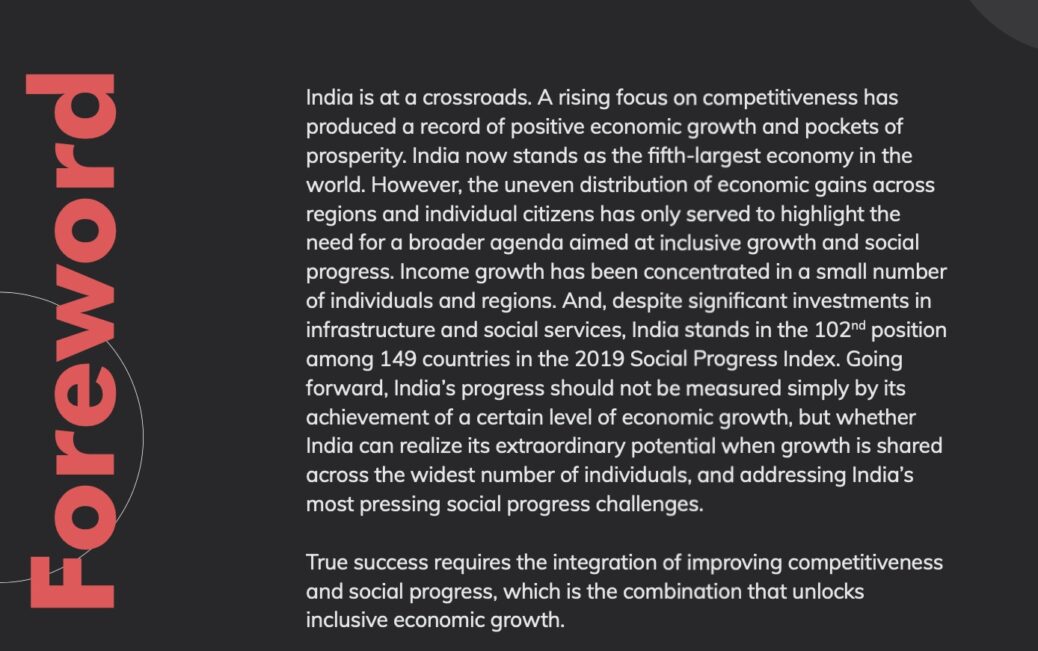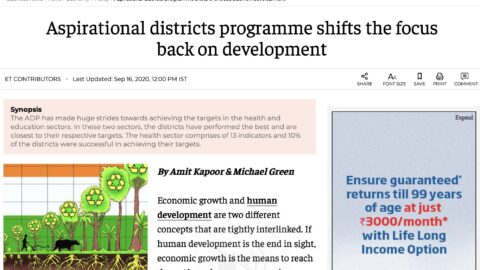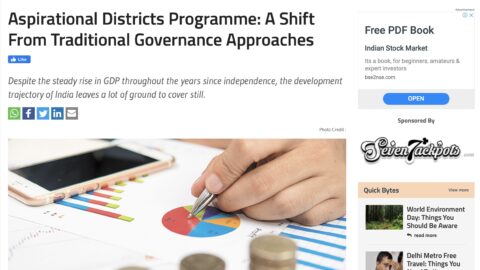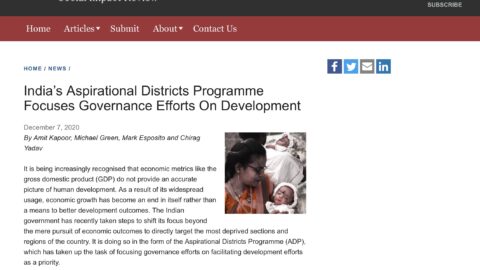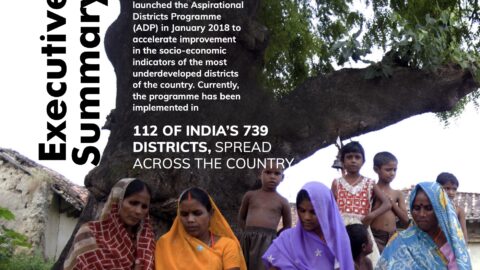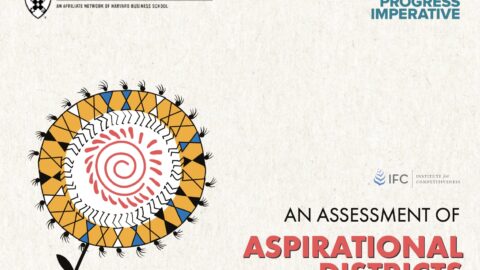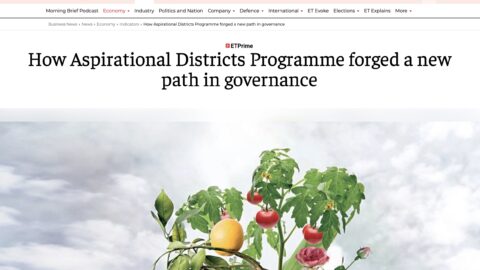Michael E Porter, Professor, Harvard Business School
Scott Stern, Professor, MIT
India is at a crossroads. A rising focus on competitiveness has produced a record of positive economic growth and pockets of prosperity. India now stands as the fifth-largest economy in the world. However, the uneven distribution of economic gains across regions and individual citizens has only served to highlight the need forA a broader agenda aimed at inclusive growth and social progress. Income growth has been concentrated in a small number of individuals and regions. And, despite significant investments in infrastructure and social services, India stands in the 102ndposition among 149 countries in the 2019 Social Progress Index. Going forward, India’s progress should not be measured simply by its achievement of a certain level of economic growth, but whether India can realize its extraordinary potential when growth is shared across the widest number of individuals, and addressing India’s most pressing social progress challenges.
True success requires the integration of improving competitiveness and social progress, which is the combination that unlocks inclusive economic growth.
The 2018 launch of the “Transformation of the Aspirational Districts” program (TADP) has been a bold and promising strategic step towards this new agenda. There has been a longstanding focus in India on the least developed regions across the country. Yet, TADP marks an important shift from pursuing economic growth per se to focusing on achieving meaningful social progress TADP benchmarks in 112 less developed Indian districts, and enables partnerships among states in driving success. The program focuses on practical and measurable social progress outcomes, including Health and Nutrition, Education, Agriculture and Water Resources, Financial Inclusion, Skill Development, and Basic Infrastructure. Each of these are critical to expanding shared prosperity among all citizens.
By targeting a set of important but practical areas for improvement at the district level, TADP brings the promise of both inclusive development and a reduction in regional disparity. And, the focus on enhancing each of these critical areas offers the opportunity for these regions to contribute to India’s broader economic development as a whole, while raising economic growth itself over the long run.
The significant promise of the ADP depends on identifying the most leveraged areas for improvement, and developing a broad set of practical tools for enhancing India’s overall development agenda.
This report, An Assessment of the Aspirational Districts Program, offers a timely yet systematic evaluation of the ADP and the gains realized to date. The report focuses on the most significant economic and social progress challenges facing the TADP districts, and evaluates the progress in these districts over the first two years of the program. The report also examines the role of the stakeholder-oriented model, in which public awareness, engaged public-private partnerships, and cooperation among multiple levels of government is utilized to enhance the success of individual initiatives.
Though still at an early stage, the finding are highly encouraging. Almost all districts included in the ADP program have made progress on key development parameters as compared to the baseline, and are performing significantly better today than they were before the programme was initiated. Particularly notable are gains in Health and Wellness, and Basic Infrastructure. The ADP seems to not have simply maintained the districts along a pre-existing trajectory but materially improved the rate of improvement.
A striking finding is the impact of governance. Relative to a conventional top-down approach, the TADP supports active collaborations among multiple levels of governance within each TADP district, and the use of public-private partnerships. This stakeholder-oriented approach is driven by a shared understanding among the partners, and the use of a common language of outcome-oriented metrics and data. This study builds on this data collection and offers an interactive visualization tool that can be used by the various stakeholders, based on their own priorities and resources to make informed TADP strategy choices.
To date, the ADP focus on both local economic development as well as social progress improvement is yielding positive gains. These early achievement will catalyse broader future gains, and accelerate Indian progress towards meeting the Sustainable Development Goals.
The experience of the ADP initiative to date also offers key lessons that can help galvanise and sustain the ADP program over time. Regional teams are guided by collecting streamlined outcome data in a timely way, and are structured so that leadership changes do not disrupt the successful execution of the program.
Partnerships across districts maximize the spread of key interventions, and can be expanded. Districts can sharpen their focus on the areas of greatest need, and work to formalize mechanisms to collaborate and learn from peers and better performing districts.
As the world continues to grapple with the fallout from the COVID-19 public health crisis, the importance of resilient, shared economic development combined with social progress have come into even sharper relief. This study offers a timely and insightful guide into how and why the ADP program is beginning to realize this promise in the neediest regions.
This report not only provides an early assessment of the ADP, but also has the potential to catalyse action throughout India. By focusing on “what works” in advancing inclusive growth and social progress, TADP has the potential to serve as a model for India’s future economic and social development strategy.

